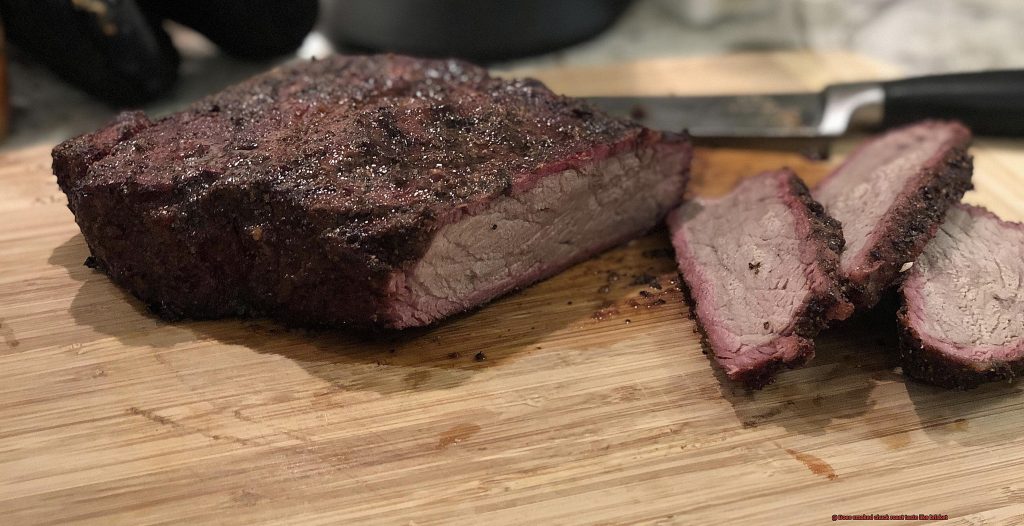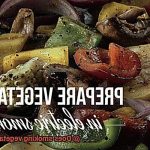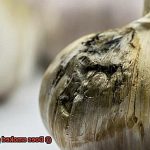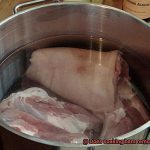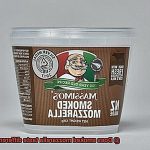As a barbecue enthusiast, I’ve heard the age-old question whispered around the grill: “Does smoked chuck roast taste like brisket?” It’s a valid inquiry, given that these two meats share some similarities but also have distinct differences in texture and flavor. Chuck roast is known for its tender and juicy qualities, while brisket boasts a bold flavor and mouth-watering tenderness.
So, what’s the verdict? Does smoked chuck roast taste like brisket? Well, it depends on who you ask. Some folks swear by chuck roast as a less expensive alternative to brisket with a similar flavor profile. Others argue that nothing can replicate the rich, smoky flavor of perfectly cooked brisket and that chuck roast falls short in comparison.
In this blog post, we’ll dive deeper into the differences and similarities between smoked chuck roast and brisket. We’ll examine their unique flavors, textures, and cooking methods to help you make an informed decision about which one to choose. Whether you’re a seasoned pit master or just starting out, we’ve got tips to ensure your chuck roast is as flavorful and tender as possible.
So let’s settle this debate once and for all – does smoked chuck roast taste like brisket? Join us as we explore the world of barbecue and find out.
Contents
What is Smoked Chuck Roast?
If you’re a BBQ lover, chances are you’ve heard of brisket. But have you ever tried smoked chuck roast? This delicious cut of beef comes from the shoulder area of the cow and is perfect for smoking. Let’s dive into what makes smoked chuck roast so delectable.
Flavor and Texture:
Smoked chuck roast boasts a rich flavor that stems from its high-fat content. During smoking, the fat melts and infuses the meat with its scrumptious taste. The slow-cooking method also breaks down the connective tissue, resulting in a tender and juicy roast that is simply irresistible.
Seasoning and Rubs:
One of the best things about smoked chuck roast is that it can be seasoned with a variety of rubs and marinades. From sweet to savory, there are countless options for seasoning your roast. Popular seasonings include garlic, paprika, cumin, and brown sugar.
Cooking Method:
To prepare a smoked chuck roast, you must smoke it over low heat for several hours until it reaches an internal temperature of 195-205°F. This low and slow cooking method ensures that the meat is cooked through while maintaining its juiciness.
Differences Between Smoked Chuck Roast and Brisket:
While smoked chuck roast and brisket share some similarities when smoked, there are some distinct differences. Brisket is leaner than chuck roast and has less fat marbling, making it more challenging to cook correctly. It also has a unique texture due to its grain running in two different directions. Smoked chuck roast has more marbling than brisket, which makes it more tender and juicy.
Why Choose Smoked Chuck Roast:
Smoked chuck roast is an excellent choice for BBQ enthusiasts who want to try something new or prefer a richer flavor profile than brisket. It has a forgiving texture, making it easier to cook than brisket. Smoked chuck roast has a more complex taste than other cuts of beef, making it an excellent option for those looking for a flavorful twist on classic BBQ.
What is Brisket?
To begin with, brisket comes from the lower chest area of the cow, and it’s known for being tough and fibrous. But don’t let that fool you – when cooked properly, it becomes incredibly tender and full of flavor. This cut of meat requires slow cooking to achieve the desired texture and taste.
There are two main types of brisket: the flat cut and the point cut. The flat cut is leaner and has less fat than the point cut. On the other hand, the point cut has a higher fat content, making it more flavorful but also more difficult to cook. Preparing brisket involves several steps, including trimming excess fat, seasoning with spices or marinades, and slow cooking over low heat for several hours. The result? A melt-in-your-mouth, juicy piece of meat that’s sure to impress.
Brisket is particularly popular in Southern and Texan barbecue dishes, where it’s used in a variety of ways. Whether it’s smoked brisket, brisket chili, or brisket tacos, this versatile cut of beef can be adapted to suit any taste or occasion. In fact, its popularity has even led to festivals and competitions dedicated solely to this delicious meat.
If you’re feeling adventurous, why not experiment with different rubs or marinades to add your own unique twist to this classic cut? The possibilities are endless. And with its rich flavor profile and tender texture, it’s no wonder why brisket is highly valued in the culinary world.
Differences in Fat Content
Today, we’ll explore the differences in fat content between two popular cuts of meat in the barbecue world: smoked chuck roast and brisket. As an expert in all things meaty, I’m excited to guide you through the intricacies of these flavorful options and help you make the perfect choice for your next backyard cookout.
Brisket is a classic Southern and Texan cut that is renowned for its high level of fat marbling throughout the meat. This extra fat gives it a juicy and rich flavor that is hard to match. When smoked the right way, brisket can become incredibly tender and full of flavor, making it a staple in barbecue cuisine. However, this high level of fat also means that it can be pricier than other cuts of meat.
On the other hand, smoked chuck roast may not have quite as much fat as brisket, but it still has a delicious taste when slow-cooked over wood or charcoal. In fact, many grilling enthusiasts prefer chuck roast as a more affordable and flavorful alternative to brisket. To ensure maximum tenderness and flavor when smoking chuck roast, it’s important to choose a well-marbled cut with plenty of internal fat. This will help keep the meat moist and tender during the smoking process while also adding flavor and richness to the finished product.
It’s essential to note that the difference in fat content between smoked chuck roast and brisket comes down to personal preference. Some folks love the bold, fatty flavor of brisket, while others prefer the slightly leaner taste of chuck roast. Whether you’re a fan of one or both, remember to experiment with different rubs and marinades to find the perfect flavor profile for your unique palate.
Seasoning and Rubs for Flavor
Let’s start with brisket, a cut of meat that boasts rich and fatty marbling, melting in your mouth when slow-cooked over wood or charcoal. To unleash its full flavor potential, a traditional rub made up of salt, black pepper, garlic powder, and paprika is used. This combination creates a savory and slightly smoky flavor that complements the beef’s richness perfectly. For those who crave an extra kick, some variations may include additional spices like cumin or chili powder.
Now onto chuck roast – while still a scrumptious alternative to brisket, it has a milder flavor profile that lends itself well to sweeter rubs. Chuck roast is often paired with a rub consisting of brown sugar, cinnamon, coriander, or mustard powder. This blend creates an irresistible mouth-watering flavor that brings out the best in the beef.
No matter which cut of meat you choose, generously apply the rub and let it sit for at least an hour before smoking. This allows the flavors to penetrate deep into the meat, creating an explosion of taste with every bite.
In addition to rubs, some pitmasters also use marinades or injections to further enhance the flavor of smoked meats. A simple marinade made up of soy sauce, Worcestershire sauce, and apple juice can add a tangy and sweet flavor to both brisket and chuck roast.
To summarize, while there may be some differences in the specific types of seasoning and rubs used for brisket and chuck roast, there’s no harm in experimenting with different flavors to find what satisfies your taste buds. So fire up that smoker, select your favorite rub, and prepare yourself for a mouth-watering experience.
As a bonus, here’s a quick list of some additional spices and seasonings that can elevate your smoked meats to the next level:
- Smoked paprika
- Ancho chili powder
- Coffee grounds
- Rosemary
- Thyme
- Onion powder
- Cayenne pepper
- Mustard seed
Type of Wood Used for Smoking
The type of wood you use for smoking meat can make or break the flavor of your dish. With so many options available, choosing the right wood can be overwhelming. But don’t worry, we’ve got you covered.
Let’s start with the heavy hitters: hickory and oak. Hickory is a classic choice for smoking beef, thanks to its strong, smoky flavor that pairs well with the rich taste of beef. Oak, on the other hand, has a milder flavor than hickory but still provides a great smoky taste.
For those who prefer a bolder flavor, mesquite is a popular choice for smoking brisket. However, be careful not to overdo it as it can be overpowering. Mesquite has an earthy flavor that works well with the bold flavors of brisket. If you’re looking for something milder, applewood and cherrywood add a sweet and fruity flavor to the meat. These woods are perfect if you want to add a touch of sweetness to your beef.
If you’re looking for something unique, try pecan wood. Its mild, nutty flavor complements beef’s natural flavors without overpowering them. Whether you’re smoking brisket or chuck roast, any of these woods can be used to achieve a delicious and unique flavor.
But how do you choose the right wood for your dish? It all comes down to personal preference and experimenting with different types of wood to find your perfect combination. Don’t be afraid to mix and match or try something new. Here’s a quick summary of the popular woods used for smoking:
- Hickory: strong, smoky flavor that pairs well with beef
- Oak: milder than hickory but still provides a good smoky taste
- Mesquite: bold, earthy flavor that works well with brisket
- Applewood and cherrywood: add a sweet and fruity flavor to the meat
- Pecan: mild, nutty flavor that complements beef’s natural flavors
Taste Comparison: Smoked Chuck Roast vs Brisket
Today, we are going to explore the age-old taste comparison of smoked chuck roast vs brisket – two classic beef cuts that offer a world of delicious possibilities.
Let’s start with the heavyweight champion of beef smoking, brisket. This cut is known for being tough and requiring a longer cook time. But once that connective tissue breaks down, the result is a deeply rich and complex flavor that will have you licking your fingers in no time. The smoky flavor of brisket is intense and pronounced, making it a favorite among meat lovers who crave a bold taste experience. With the right seasoning and marinade, you can elevate this cut to the next level and create an unforgettable meal.
Now, let’s talk about the more forgiving and easier-to-cook smoked chuck roast. While its flavor profile is milder than brisket, don’t underestimate its potential. When smoked low and slow, chuck roast becomes tender and juicy, with a subtle smokiness that complements its natural beefy flavor. It is a great option for those new to smoking meats or looking for something with a more subtle taste.
When it comes to taste comparison, smoked brisket tends to have a more pronounced smoky flavor compared to smoked chuck roast. However, both cuts can be seasoned with rubs and marinades to enhance their natural flavors. Additionally, the choice between these two cuts ultimately comes down to personal preference. Some people may prefer the heartier flavor and texture of brisket, while others might enjoy the tender juiciness of a perfectly smoked chuck roast.
But before you make your choice, remember that the type of wood used for smoking can make all the difference. Hickory is a classic choice for beef, while mesquite offers a bolder taste experience. Applewood and cherrywood add sweetness to your meat, while pecan provides a unique nutty flavor. Experimenting with different wood flavors can help you find the perfect pairing for your chosen cut of meat.
Tips for Cooking Perfectly Tender Chuck Roast or Brisket
Smoking a chuck roast or brisket can be a daunting task, but with the right technique, you can achieve tender and flavorful meat that will impress your taste buds. To help you on your smoking journey, we have compiled five sub-sections that will guide you through the steps necessary for achieving perfectly tender and flavorful smoked chuck roast or brisket.
Choose the right cut of meat
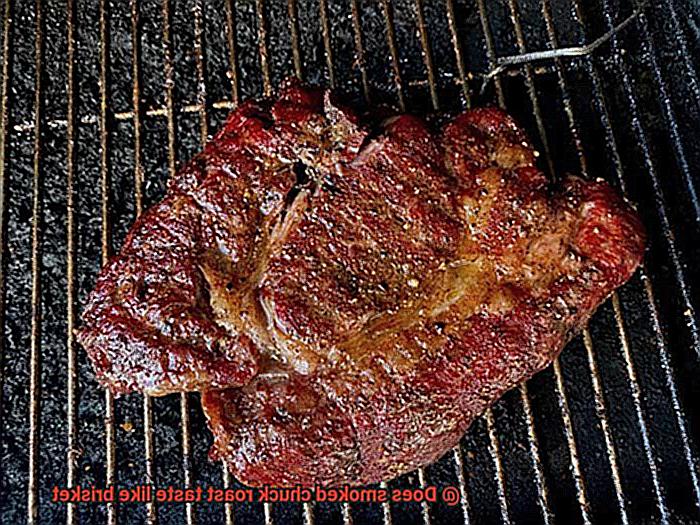
When it comes to smoking meat, the quality of the cut is key. Look for a chuck roast or brisket that is well-marbled with fat, as this will help keep the meat moist during smoking and impart flavor.
Prepare the meat
Before smoking, it’s important to prepare the meat properly. Trim any excess fat or silver skin to make it easier to eat and prevent flare-ups during smoking. Apply a dry rub or marinade to enhance the flavor and let it sit for at least an hour before smoking.
Maintain consistent temperature
Maintaining a consistent temperature is crucial when smoking meat. Aim for a temperature between 225-250 degrees Fahrenheit and use wood chips or chunks to add smoky flavor. The cooking time will vary depending on the size of the cut of meat, but plan on at least 1 hour of smoking per pound of meat.
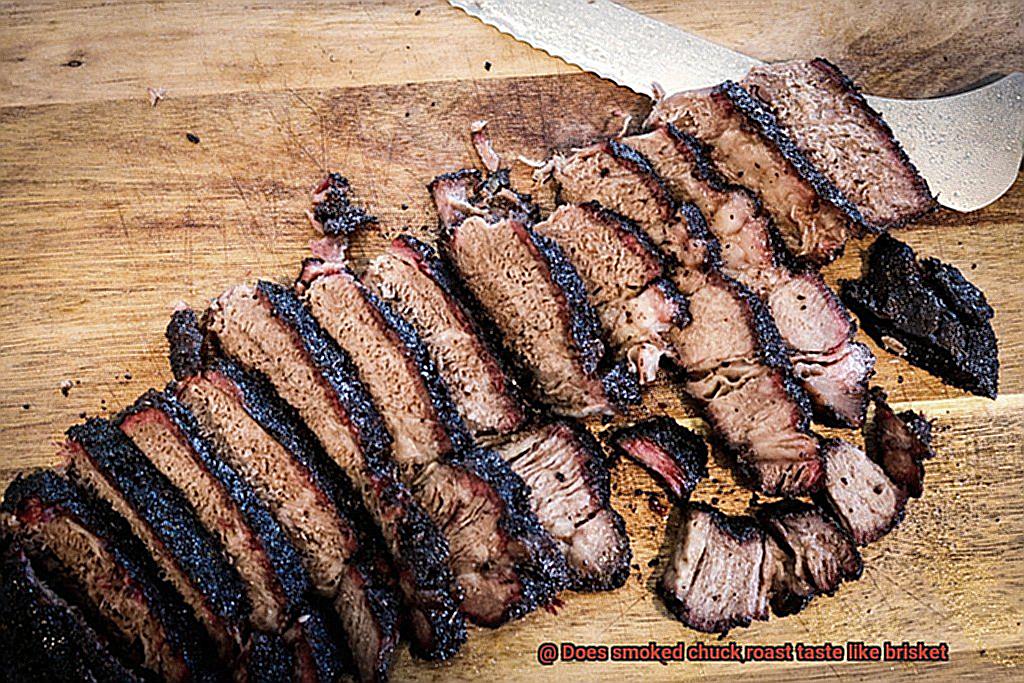
Monitor internal temperature
Using a meat thermometer is essential when smoking meat. For chuck roast, aim for an internal temperature of 195-205 degrees Fahrenheit, while brisket should be cooked until it reaches an internal temperature of 190-205 degrees Fahrenheit. This ensures that the meat is cooked to perfection and remains tender and juicy.
Let it rest
Once the meat has finished smoking, let it rest for at least 10-15 minutes before slicing. This allows the juices to redistribute throughout the meat, resulting in a more tender and flavorful final product.
5coWx2PbwZ8″ >
Conclusion
In summary, the question of whether smoked chuck roast tastes like brisket is a nuanced one. Although both meats share some similarities, there are notable differences in flavor and texture that set them apart. Smoked chuck roast boasts a rich, indulgent taste that stems from its high-fat content and slow-cooking method.
The end result is a tender and juicy roast that’s bound to tantalize your taste buds. On the other hand, brisket has a bold flavor and mouth-watering tenderness that makes it a fan favorite.
When it comes to choosing between these two cuts of meat, personal preference reigns supreme. Some may prefer the heartier flavor and texture of brisket, while others might relish the tender juiciness of a perfectly smoked chuck roast. By experimenting with different rubs, marinades, and wood flavors, you can discover the ideal pairing for your chosen cut of meat.
To achieve optimal results when smoking either chuck roast or brisket, it’s crucial to select high-quality cuts of meat and prepare them correctly with seasoning and rubs. Consistent temperature maintenance throughout smoking is also key, as is monitoring internal temperature using a meat thermometer.
Finally, letting your meat rest before slicing will allow all those delicious juices to redistribute evenly throughout the cut.

